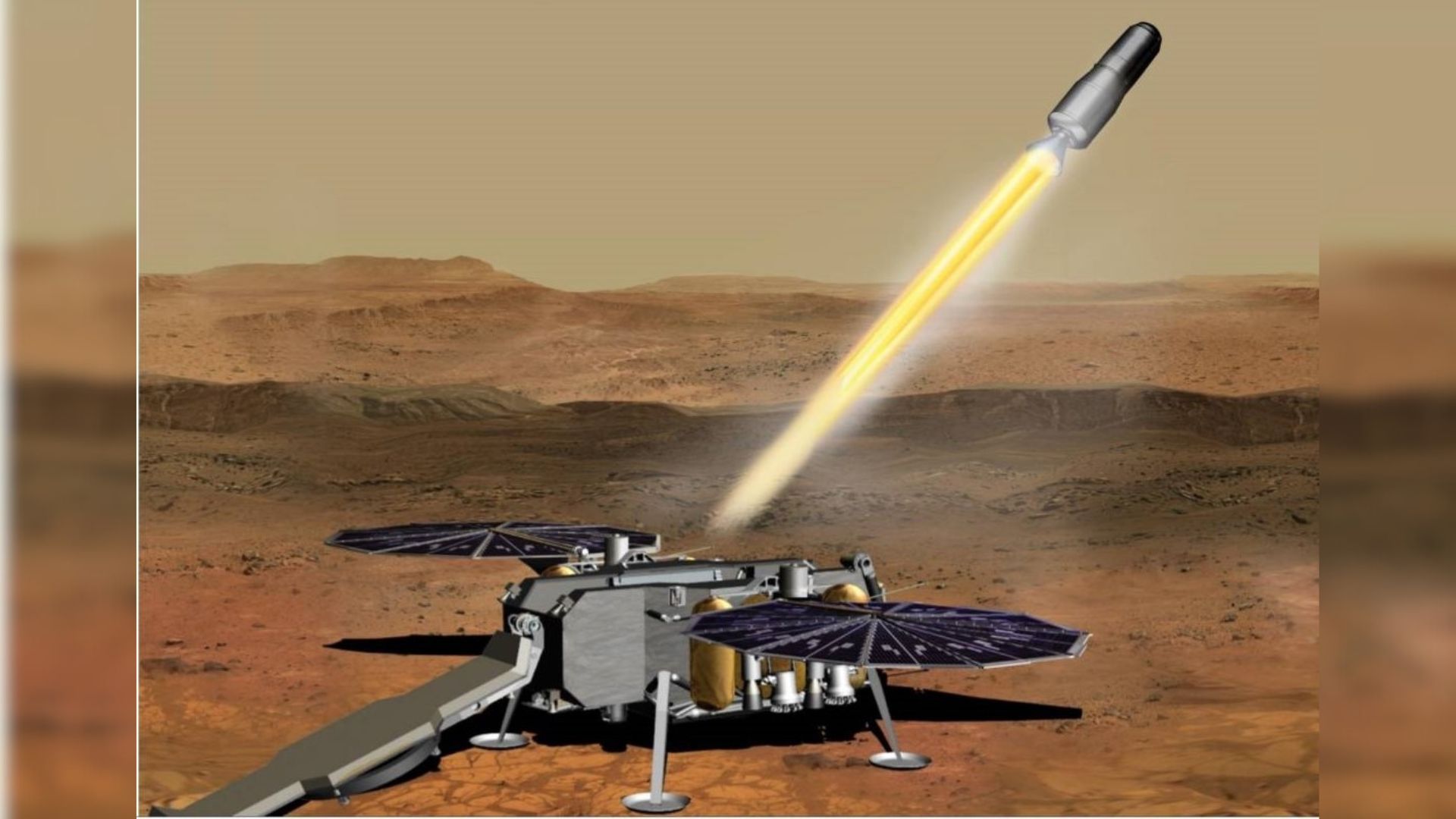How to Safely Observe the Total Solar Eclipse This Week

Editor's Note for March 20 at 7:24 a.m. EDT: The total solar eclipse is over, but you can see amazing images of the cosmic event now. Full story - Spectacular Total Solar Eclipse Kicks Off First Day of Spring (Photos)
A spectacular solar eclipse will be visible in parts of Europe, Asia and Africa on Friday (March 20), but if you live in those visibility areas, make sure you're prepared to practice safe eclipse viewing before you head outside. Your eyes will thank you later.
The total solar eclipse on Friday will be a northerly one: It will only be visible over the North Atlantic and Arctic Oceans, and from a few locations on land. But a partial eclipse will be visible in Europe, northern Asia and northern Africa. London will be cast into a temporary twilight when the moon blocks out about 87 percent of the sun.
If you don't live in those visibility regions, don't fret. You can safely watch the solar eclipse online in free webcasts, beginning at 4 a.m. EDT (0800 GMT).
Eclipses occur when the moon passes directly between the Earth and the sun, temporarily blocking the solar rays. WARNING: You should ever look directly at the sun, even during a total eclipse of the sun. Severe or permanent eye damage can result.
The safest way to view an eclipse is indirectly, using a pinhole camera, which you can make at home (check out this video to see how).
If you want to look directly at the sun as the moon passes in front of it, be sure to wear "eclipse glasses" or welder's goggles rated 14 or higher. Sunglasses will not provide sufficient eye protection. Scientists and amateur astronomers use special solar filters on telescopes to safely view the sun.
Breaking space news, the latest updates on rocket launches, skywatching events and more!
Your eyes will not be protected by a telescope, binoculars, camera lens or cell phone camera, either. Never look directly at the sun through any of these devices. However, our video guide to using binoculars as a projector shows how you can use a pair of binoculars to safely project an image of the sun onto a piece of paper or surface, offering a safe view of the eclipse and sunspots.
If you want to snap photos of an eclipse, you'll need a solar filter and take a look at our photo guide for safe solar eclipse photography.
Get out and enjoy this amazing celestial event, but don't forget to protect your eyes.
Editor's note: If you will be in a good postion to SAFELY observe Friday's total solar eclipse and would like to share photos, videos or comments on the experience with Space.com for a possible story or image gallery, send photos and comments in to managing editor Tariq Malik at spacephotos@space.com.
Follow Calla Cofield @callacofield. Follow us @Spacedotcom, Facebook and Google+. Original article on Space.com.

Calla Cofield joined Space.com's crew in October 2014. She enjoys writing about black holes, exploding stars, ripples in space-time, science in comic books, and all the mysteries of the cosmos. Prior to joining Space.com Calla worked as a freelance writer, with her work appearing in APS News, Symmetry magazine, Scientific American, Nature News, Physics World, and others. From 2010 to 2014 she was a producer for The Physics Central Podcast. Previously, Calla worked at the American Museum of Natural History in New York City (hands down the best office building ever) and SLAC National Accelerator Laboratory in California. Calla studied physics at the University of Massachusetts, Amherst and is originally from Sandy, Utah. In 2018, Calla left Space.com to join NASA's Jet Propulsion Laboratory media team where she oversees astronomy, physics, exoplanets and the Cold Atom Lab mission. She has been underground at three of the largest particle accelerators in the world and would really like to know what the heck dark matter is. Contact Calla via: E-Mail – Twitter

